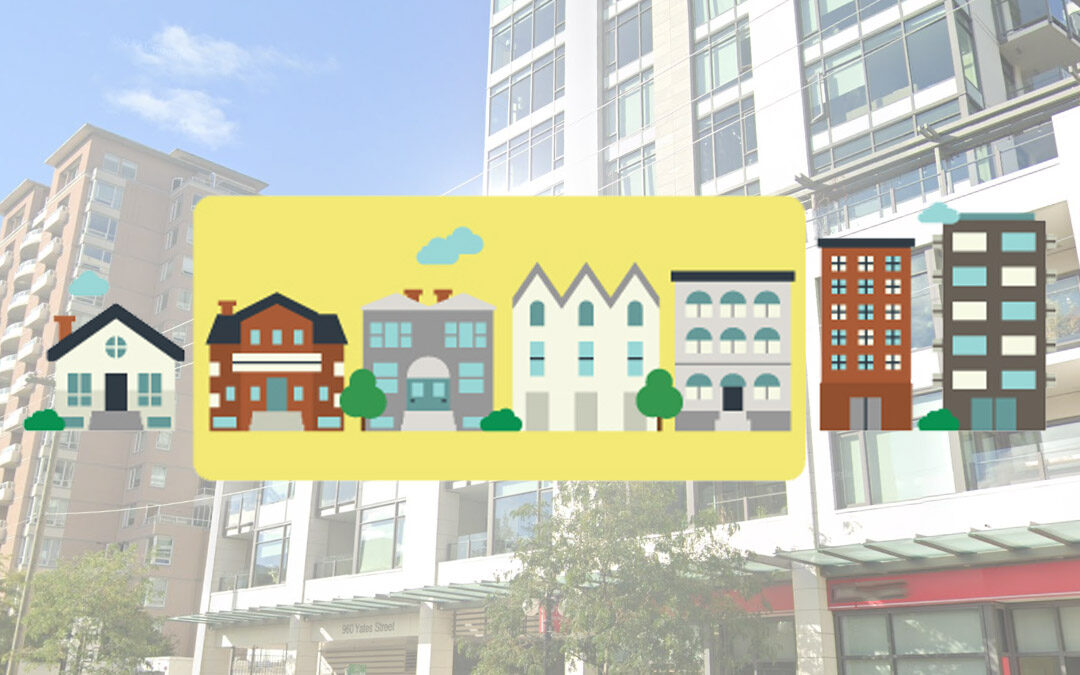I’m a bit concerned about the recent missing middle article posted on Creatively United.
It frames the proposed missing middle policy as an attack on trees and there are several reasons this is factually untrue.
- The missing middle policy has a max 40% site coverage – the same as single family zoning – leaving lots of available space for trees.
- Redevelopment usually results in more trees, not less, and this is enshrined in the tree protection bylaw. On my two projects, one provides 17 trees (net increase of 11) and the other 10 (net increase of 8).
- Most importantly, building infill housing offsets housing demand in urban sprawl areas like Langford. Over the last 10 years, more than 600 acres of forest has been replaced with new development in Langford because we’ve failed to provide enough housing here.
Ultimately, the question is – what is the most socially and environmentally reasonable way to provide housing?
The answer is not urban sprawl. It’s making better use of the land we already have. Sometimes that means mature trees will be cut down, but from a holistic perspective that is no question this is the more responsible way to build housing. The research and evidence on this is conclusive.
Additionally, there are several things factually incorrect on the page:
- The maximum height permitted 10.5m – 34.4′ not 42′.
- Corner townhouse projects will require 2 lots in almost every circumstance so there will still be a ratio of 6 homes per lot, not 12.
- The policy provides a significant reduction in parking requirements so backyards are not paved with parking. The image provided in the article (fourplex with 4 parking spots) is an example of what the policy DOESN’T want. The policy is structured around providing 2 parking spots in the front yard and leaving rear yards unpaved.
Julian West | Principal & Owner
Urban Thrive | We build homes for people, not cars
www.UrbanThrive.ca

Thank you for your response. We remain concerned, for the following reasons:
1. Regardless of site coverage of the eventual building, developers usually want to cut down all the trees, remove all the dirt and even blast the site before they begin building. Few go out of their way to protect and retain existing mature trees.
2. “Redevelopment results in more trees, not less” — While we thank you for planting more saplings than you were required to, the ‘more trees’ you describe equals much less canopy.
The environmental work being done by a single large tree (e.g. carbon sequestration, flood prevention, oxygen production, life-saving shade and cooling) would take 200 to 300 saplings, or even more, to reproduce, depending on size and environmental conditions.
As well, a healthy mature tree is infinitely stronger and more resilient to climate extremes than a little sapling with a small root system, which has recently been stressed by transplanting.
It would make more sense if bylaws required developers to replace the lost volume of trunk diameters rather than requiring one or two saplings to ‘replace’ a large tree.
Frequently developers plant smaller species that will never grow into big trees, and sometimes they’re in pots, not even planted in the ground!
3. Sadly, there is no agreement in place that causes development to stop outside the downtown core when ‘enough development’ happens in Victoria. They are all happening at the same time.
The pandemic allowed many people to work from home and caused many to move to smaller suburban towns. They were not looking to live downtown. We have seen unprecedented development in all areas around Victoria, including Duncan, Cowichan Lake, Saanich, Shawnigan Lake, Mill Bay, Sooke, Langford, Colwood — even Shirley! And both rental rates and property prices have risen dramatically at the same time.
4. You ask a very good question: What is the most socially and environmentally reasonable way to provide housing?
It would be one that guards the incredible value of mature urban trees during a time of climate emergency, when their cooling presence actually saves lives, and their air-filtering abilities reduce the harms of air pollution when wildfire smoke descends on us. The generations to come will also need this protection, and more.
We certainly do need more housing. Housing that students, pensioners, workers and young professionals can afford. At this time we are continually hearing of long-time Victorians being forced to move elsewhere, while wealthier folks from Vancouver and Alberta, etc. are snapping up the high-end homes being built. We need to make intelligent choices, which would sometimes mean retaining mature trees for the good of all.
At this stage of climate emergency, these trees are not replaceable because they take decades to grow — decades we cannot afford to wait. Studies show significant benefits to people’s mental and physical health when trees are present. Trees are a public health issue.
I will leave your comments about incorrect statements for others to reply to. I can no longer afford to live in Victoria myself and have not followed the details proposed for the Missing Middle.